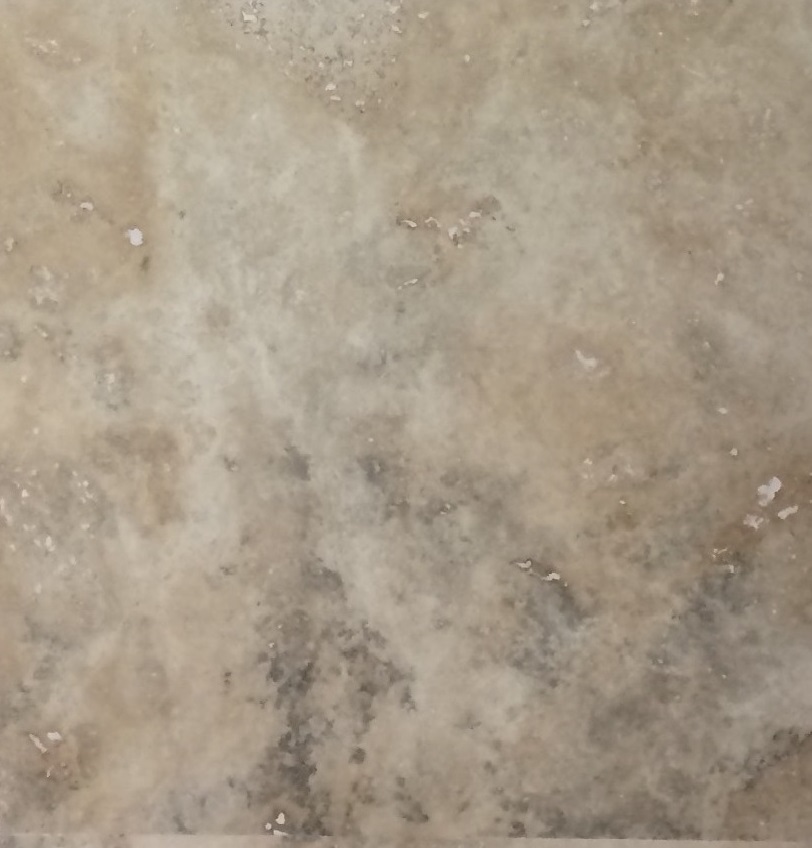Everything you need to know about travertine marble
May 20, 2020

Travertine is one of the most classic stones in our catalog. Here’s everything you need to know about this iconic stone – from where it’s made, to how it gets its pure white glow.
Where does travertine marble come from?
Travertine marble is a sedimentary stone, which means it is made from mineral deposits over thousands of years. It usually forms in caves filled with water or in hot springs. The name “travertine” actually comes from the name of the Tibur river in Rome.
Italy is famous for its travertine marble, but marble is actually found all over the world. There are travertine deposits all over the United States, especially in Yellowstone National Park and Oklahoma. You’ll also find marble imported from Turkey, Mexico and Peru.
Pros and cons of travertine marble
People have been using travertine marble since the time of the ancient Romans. Think of the most famous buildings in Rome, such as the Colosseum: they’re almost always made from pure white travertine marble. While the stone has faded and weathered over the centuries, it’s still a testament to classical design.
Today, we use travertine marble for floor tiles, wall cladding, and marble countertops. Travertine is especially popular because of its pure white color, but you can also find natural travertine marble in cream, tan, or coral shades. These gentle tones look good in almost any design.
Travertine marble has a high shine and always looks elegant. However, it is a soft stone, which means that it needs proper care. Never use harsh chemicals or steel wool to clean a travertine marble countertop – hot water, dish soap and a soft cloth will do just fine.
